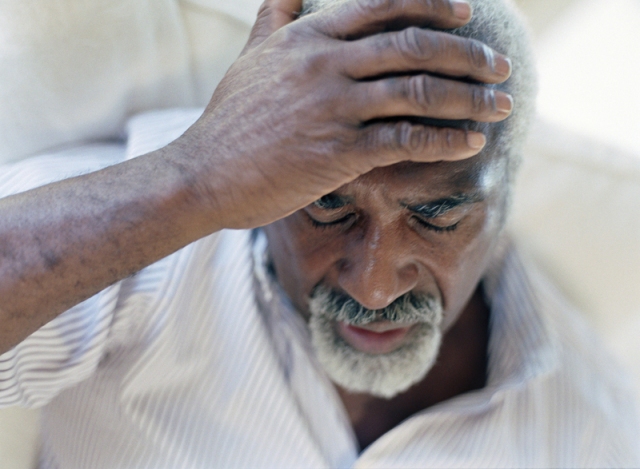. 
As the population ages, the issue of elder abuse becomes more and more prevalent. Elder mistreatment (i.e. abuse and neglect) is defined as intentional actions that cause harm or create a serious risk of harm (whether or not harm is intended) to a vulnerable elder by a caregiver or other person who stands in a trust relationship to the elder. This includes failure by a caregiver to satisfy the elder’s basic needs or to protect the elder from harm.
Unfortunately, we simply do not know for certain how many people are suffering from elder abuse and neglect. It appears that female elders are abused at a higher rate than males and that the older one is, the more likely one is to be abused.
Signs of elder abuse may be missed by professionals working with older Americans because of lack of training on detecting abuse. The elderly may be reluctant to report abuse themselves because of fear of retaliation, lack of physical and/or cognitive ability to report, or because they don’t want to get the abuser (90% of whom are family members) in trouble.
WARNING SIGNS OF ELDER ABUSE
• Bruises, pressure marks, broken bones, abrasions, and burns may be an indication of physical abuse, neglect or mistreatment.
• Unexplained withdrawal from normal activities, a sudden change in alertness, and unusual depression may be indicators of emotional abuse.
• Bruises around the breasts or genital area can occur from sexual abuse.
• Sudden changes in financial situations may be the result of exploitation.
• Bedsores, unattended medical needs, poor hygiene and unusual weight loss are indicators of possible neglect.
• Behavior such as belittling, threats and other uses of power and control by spouses are indicators of verbal or emotional abuse.
• Strained or tense relationships, frequent arguments between the caregiver and elderly person are also signs.
• It’s important to remain alert. The suffering is often in silence. If you notice changes in personality, behavior or physical condition, you should start to question what is going on.
PREVENTING ELDER ABUSE
• Learn when and how to report abuse.
• Get help for commonly seen “tricky situations” involving possible abuse of elders and adults with disabilities.
• Learn about the agencies and organizations that respond to reports of abuse.
•Learn what some communities and multidisciplinary teams are doing to prevent abuse from occurring.
• Explore how the many fields and organizations that serve elders and adults with disabilities may play a role in abuse intervention and prevention.
What to learn more about elder abuse? Visit the National Center on Elder Abuse website by clicking here.


Reblogged this on The Memories Project and commented:
An important topic that needs to be discussed!
This is such an important topic. I’ve been touched by elder abuse with a dear neighbor this past year. it is becoming an epidemic. The slogan for this year’s World Elder Abuse Awareness Day on June 15th is One Person, One Action, One Nation United Against Elder Abuse. It takes only one person to be there for one vulnerable elder to prevent elder abuse.